When Swiss neutrality hurt the Indian freedom struggle
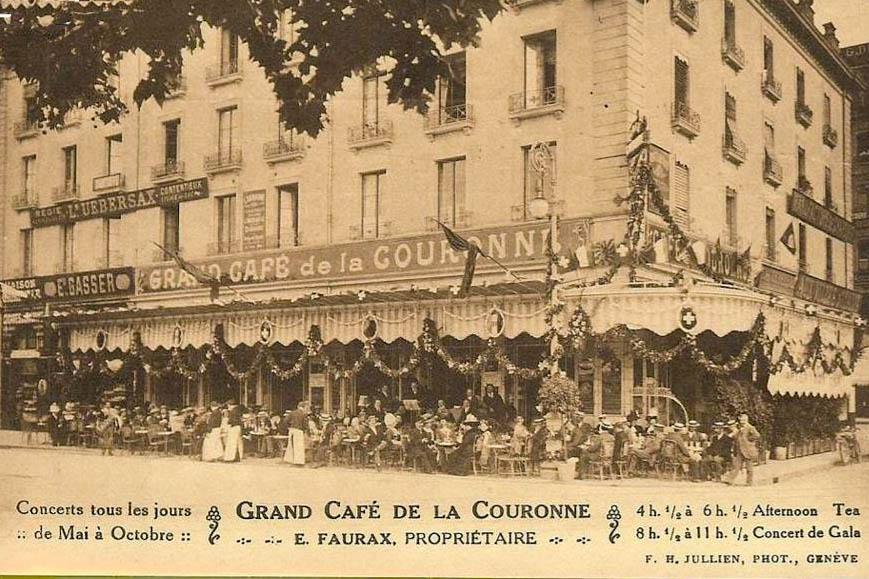
A forgotten episode in India’s struggle for Independence is revisited by new books that underline Switzerland’s role as a strategic location for revolutionaries, anarchists and foreign agents.
“He is the most dangerous conspirator in or out of India. He’s done more harm than all the rest put together. You know that there is a gang of these Indians in Berlin; well he’s the brains of it,” says a passage in British writer Somerset Maugham’s novel Ashenden: The British Agent.
The fictional character Maugham – who worked out of Geneva as a British intelligence operative – was referring to is Chandra Lal, who is based on the real life Indian revolutionary Virendranath Chattopadhyaya. He was a thorn in the flesh of the British authorities who once dispatched their agent Donald Gullick to lure him from safe Switzerland to France where he could be arrested. However, before they crossed the border both Chattopadhyaya and Gullick were arrested by the Swiss police under suspicion of being German agents and deported.
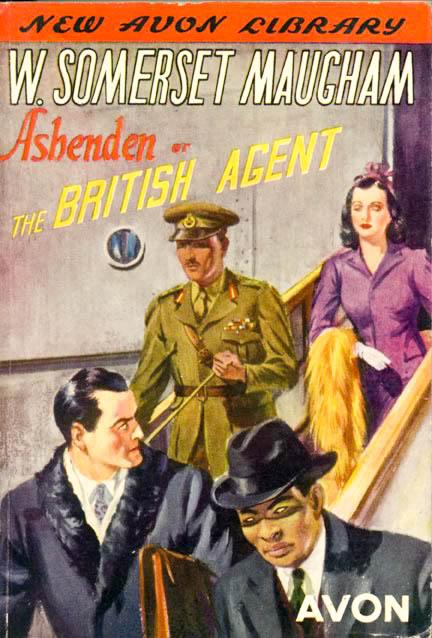
Maugham’s novel has a more dramatic ending with the British spy Ashenden using Chandra Lal’s mistress to lure him to France where he commits suicide by consuming poison in order to avoid being arrested.
“Interestingly Maugham doesn’t give the Swiss much of a role in the story when in reality they were active in getting rid of everyone involved – the Indians, British, French and the Germans,” says Daniel Brueckenhaus, author of the book Policing Transnational ProtestExternal link.
The whole affair, both fictional and real, is an example of how the Swiss were keen to maintain neutrality just before and during the First World War. Before the war, Switzerland was a safe haven for Indian revolutionaries seeking to escape British persecution in Europe. However, the importance of maintaining good relations with colonial powers led Swiss authorities to eventually crack down on activists.
Swiss refuge
Swiss neutrality and laissez faire attitude towards anti-colonial activists at the time made the country an attractive destination for Indian agitators. It was hard for the British and French to muzzle these revolutionaries as the Swiss government was proactive in preventing conflicts over colonialism from spilling into its territory. Many of these anti-colonial activists were backed by Germany which wanted them to foment uprisings in British and French-held territories. The Germans hoped that this would tie down French and British forces in the colonies giving Germany a better chance to win the war in Europe.
“Switzerland was a place to meet, launch campaigns and publish journals,” says Harald Fischer-Tiné, co-editor of the book, Colonial SwitzerlandExternal link.
According to him, most of the Indian revolutionaries were elites, students or lecturers who came via London and Paris where it was getting too risky to carry out their activities. A prime example was Shyamji Krishnavarma, a wealthy Oxford-educated lawyer, who founded the nationalist monthly magazine, Indian Sociologist and the Indian Home Rule Society, to promote the cause of Indian self-rule in British India. He left London for Paris in 1907 when India House – a hostel for Indian students he set up in London – came under the surveillance of Scotland Yard. Seven years later, he had to flee to Geneva after French officials asked him to leave before the British monarch George V’s visit to the country. His mere presence was an insult to the British who considered him responsible for the assassination of William Hutt Curzon Wyllie – a high-ranking colonial officer at the India Office – by one his followers Madan Lal Dhingra in 1909, an event described widely in the British press as the “London Outrage”.
In Geneva, Krishnavarma pretended to be a sociology professor and rented a sumptuous five-bedroom flat near the lake. He continued to publish the Indian Sociologist from there and collaborated with other activists through the International Pro India Committee founded by compatriot Champakaram Pillai in Zurich. Krishnavarma became a sort of global ambassador for the Indian struggle for self-rule.
“American journalists would interview figures like Krishnavarma as there was no nationalist movement as such in India at the time,” says Fischer-Tiné.

Shyamji Krishnavarma emigrated to Geneva in 1914. He founded Indian Sociologist magazine in 1905 and set up the India House in London, a hostel for Indian students that came under Scotland Yard surveillance. He left England in 1907 for Paris, which he was also forced to flee.
Chempakaraman Pillai was the founder of International Pro India Committee in Zurich and the editor-in-chief of the monthly journal Pro India. He was brought to Switzerland at the age of 17.
Virendranath Chattopadhyaya was associated with Krishnavarma at the India House in London. He fled to Berlin under pressure from British authorities and joined the Berlin India Committee. Along with fellow revolutionary Abdul Hafiz, he was tasked with smuggling German weapons into Switzerland for eventual use in Italy.
Lala Har Dayal was involved in the anti-British Gadhar movement in the US. He was arrested in 1914 for anarchist activities and escaped to Switzerland while on bail. He teamed up with Pillai to write articles for Pro India and also collaborated with Egyptian anti-colonial activists in Switzerland like Mansour Rifat.
Sardar Ajit Singh, was a Punjabi revolutionary who fled India and Iran and established himself in the Swiss city of Lausanne under the pseudonym Mirza Hassan Khan. He carried out political activities under the guise of teaching English.
Geneva was the Swiss hub for Indian anti-colonial activists who stayed and met at establishments like the Hotel Bristol and Café de la Couronne. The city’s proximity to France was a big plus point, especially when the First World War started.
“Anti-colonialists would sneak into France from Switzerland to distribute pamphlets to reach and influence the Indian soldiers who were fighting on the western front,” says Brueckenhaus.
Many of the activists were funded by the Germans who created their own Nachrichtenstelle für den Orient (Intelligence Bureau for the East) to support anti-colonialists who travelled to Switzerland to publish work and distribute literature to neighbouring countries like France.
“The German embassy in Bern was a hive for espionage and transactions involving money and weapons,” says Fischer-Tiné.
Outstaying welcome
Working for the Germans meant that the Indian revolutionaries were often used as pawns and made to smuggle weapons. The most notable example was the “Zurich bomb plot” which involved Chattopadhyaya – who figured in Maugham’s novel as the character Chandra Lal – and his friend Abdul Hafiz who were both members of the Berlin Indian Committee. They were asked to smuggle explosives, ammunition, poisons and biological weapons to Italy in 1915 to commit acts that would bring the war to a close. The smuggling attempt was called off because the activists suspected they were being watched by British intelligence. The weapons cache was instead handed over to Italian anarchists residing in Zurich who planned to use it in Switzerland when the time was ripe for a revolutionary uprising.
The cache was discovered by the Swiss police in 1917 and everyone involved was put on trial including Chattopadhyaya and Hafiz (in absentia as the two Indians had been expelled from the country in 1915 for violating Swiss neutrality). The court handed Chattopadhyaya a 2.5 year prison sentence, a CHF1,000 fine and banned him for life from the country. His friend Hafiz received a four-year sentence, CHF2,000 fine and a life ban as well.
The discovery of the German weapons cache on Swiss soil created a furore in the country and resulted in stricter monitoring of foreign agents and Orientals.
“It took a while for the Swiss to realise the extent to which anti-colonial activists as well as German, British and French secret agents were active in the country. Once they figured it out, they increased policing of all these groups resulting in waves of expulsions in 1915 and 1916,” says Brueckenhaus.
Switzerland was no longer a safe haven for anti-colonial activists who were viewed as German agents and troublemakers. Swiss authorities cracked down heavily on them as they feared their actions would result in Switzerland being drawn into the First World War. The activists were subjected to wartime publication restrictions and Krishnavarma wound up the Indian Sociologist. Most of the Indian revolutionaries moved to Berlin and later on to Moscow, suddenly disillusioned with the western world. The Swiss chapter of the Indian freedom movement drew to a close.
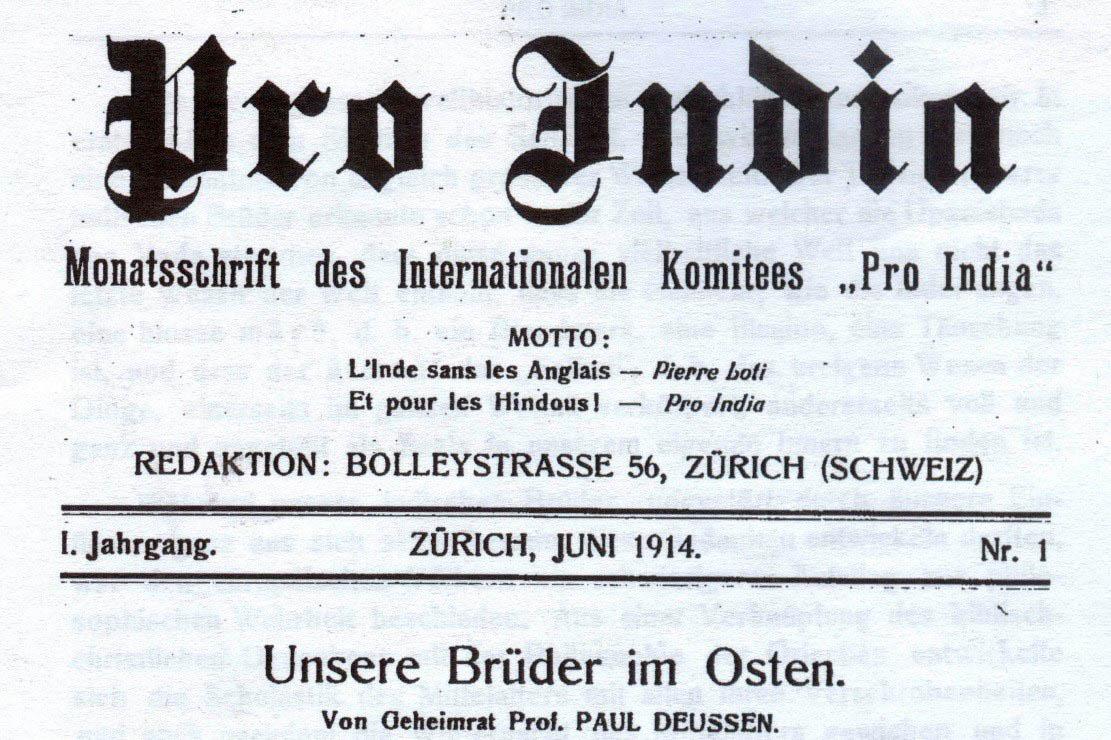
Legacy
In the short term, the collaboration between Indian activists and the Germans was not very successful, says Brueckenhaus. The Indians in Europe were not really able to communicate with their compatriots in India and the British were able to intercept weapon shipments to India. However, they did succeed in convincing the British that they were a serious threat and forced them to upgrade their intelligence services.
“They were insignificant in terms of numbers and the real threat they posed but nevertheless generated fear if you consider the amount of documentation British officials kept on them,” says Fischer-Tiné.
Their real impact was the creation of organisations to bring together anti-colonialists in Europe, but also India. One such example was the League Against Imperialism founded in 1927. At the first meeting in Brussels, Chattopadhyaya met Jawaharlal Nehru who went on to become one of the most well-known Indian freedom fighters and the first prime minister of independent India. After attending the Brussels meeting, Nehru came to Geneva to meet Krishnavarma.
“Nehru and others have spoken about being influenced by their experience of witnessing anti-imperialism as a global movement in the heart of Europe,” says Brueckenhaus.
This led to India playing a more active role in supporting anti-colonial struggles in other parts of the world which later would pave the way for the rise of third world internationalism and the non-aligned movement during the Cold War.
The Indian revolutionaries also left a legacy in Switzerland, according to Fischer-Tiné.
“The Zurich bomb plot caused xenophobic and anti-oriental feelings at the time, which in some small way is responsible for the Swiss distrust of foreigners and tough immigration laws today,” he says.
Swiss cabinet records dated April 3, 1918 (in German) on expulsion of Indian revolutionary Virendranath Chattopadhyaya and the British agent Donald-Frederick Gullick responsible for luring him to France.
Federal Criminal Court decision dated June 13, 1919 (in French) on the sentences handed down to Virendranath Chattopadhyaya, Abdul Hafiz and Italian anarchists for their involvement in the Zurich bomb plot.

In compliance with the JTI standards
More: SWI swissinfo.ch certified by the Journalism Trust Initiative









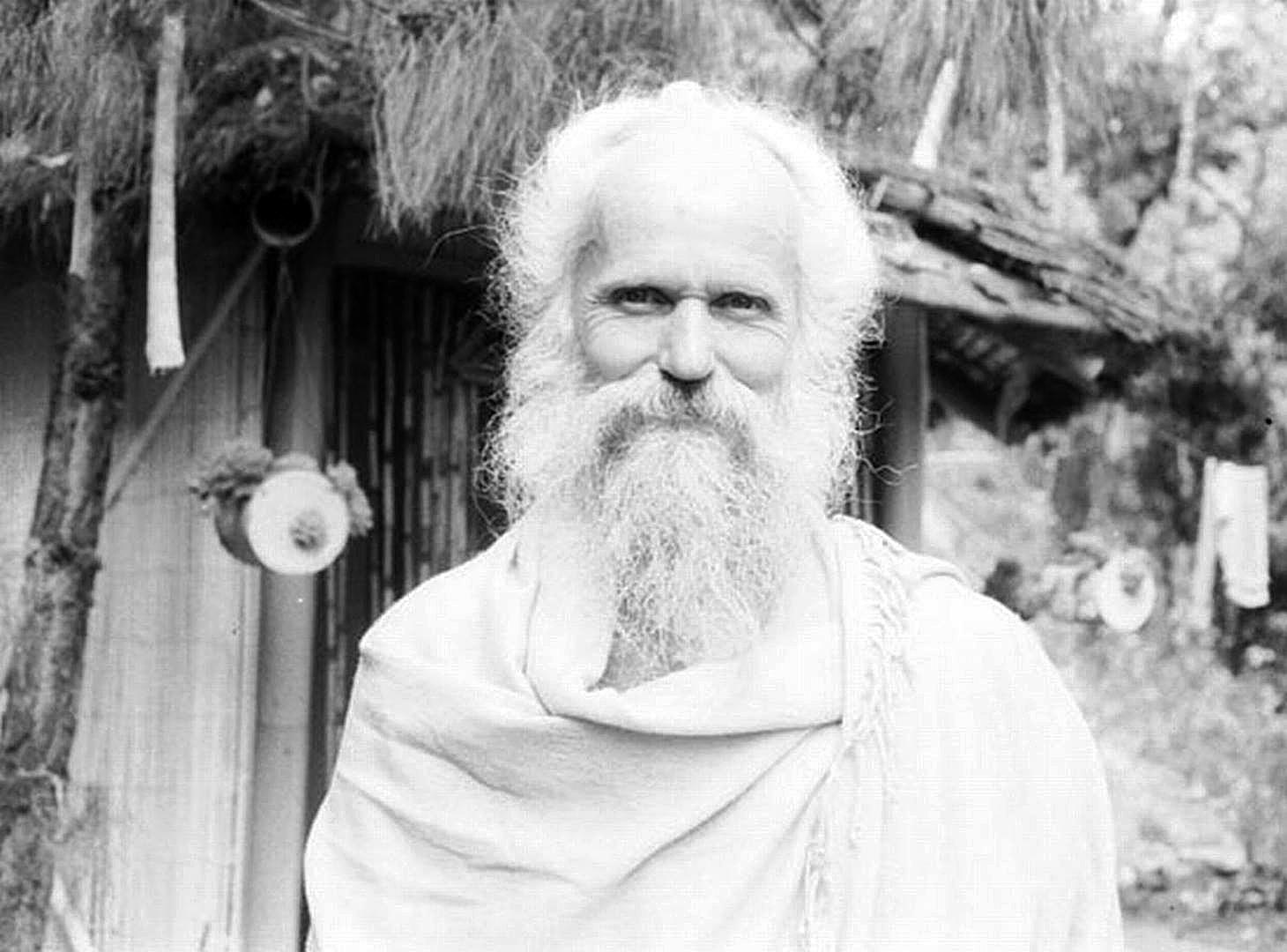
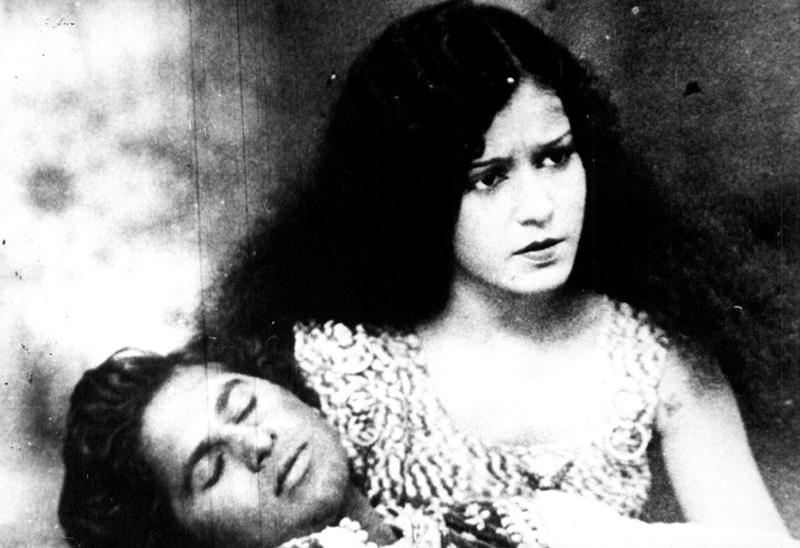


You can find an overview of ongoing debates with our journalists here . Please join us!
If you want to start a conversation about a topic raised in this article or want to report factual errors, email us at english@swissinfo.ch.